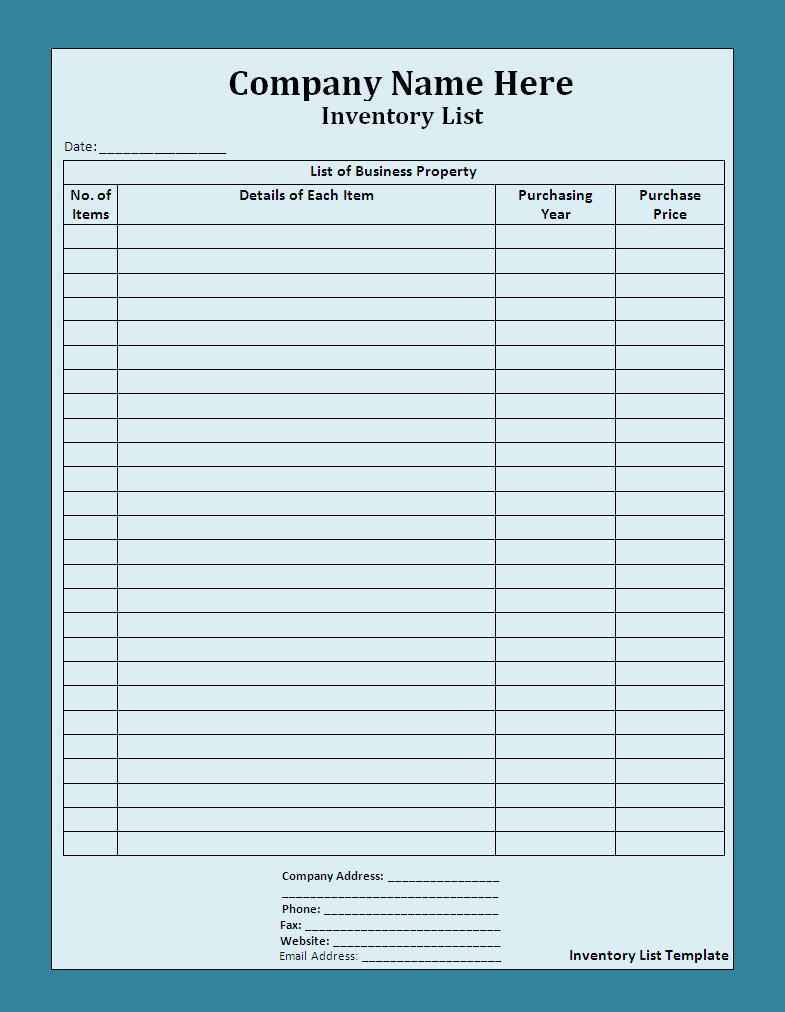

If you’re going to spend money buying insurance, spend time buying the right coverage from a reputable company, and do what you can to reduce the likelihood of damage. Use our buying tips to benefit from lessons learned by disaster victims on where they came up short and what they wish they’d known and done before they had a loss. Preparing for a disaster will help you maximize your insurance protection Lastly, remember that doing at least something to prepare is always better than doing nothing at all. This way, if you ever need the information for insurance or tax purposes, it will be easy to access. Or, email your inventory to a trusted friend and ask them to save it for you. – Store your inventory in a secure place away from your home, such as your office, or a safe deposit box, or in a trusted online storage system. – Photograph the inside and outside of your home, or walk through and take a video with your phone, and upload the images onto your flash drive or your online file storage system.
#Tool inventory sheet pdf update#
– Update your inventory as you acquire new items, remove items you no longer have. – Use a scanner to make copies of important documents, and store them on a flash drive or in file folders. You can find this example in Sample Claim and Proof of Loss Forms. We also offer an example of a personal property inventory that was created by UP volunteer Julie Robinson whose home was destroyed in a 2003 wildfire in San Diego. Most policies these days are RC and are supposed to cover the cost of replacing an item (present day value), but if you have an ACV on contents policy, you will need to estimate current values. It is helpful to know if your insurance policy pays Actual Cash Value (ACV) or Replacement Cost (RC) for personal property items.

This column describes the current value of the item. While we encourage you to complete every column, if you only have limited time, complete the description, quantity and age of each item, and add cost information in later.ĭon’t worry about filling in the “% value” column unless you are using the inventory to file an actual insurance claim. Remember that insurance fraud is a felony, so be sure to include only items you actually own. The UP Home Inventory includes common items that are found in most homes, but you can add any additional items or change the items listed to personalize your inventory. Either way, you will be making the right start toward disaster preparedness and “Insurance Assurance”. You can fill in the contents of the spreadsheet on your computer and save it on a secure computer or flash drive, or you can print out the individual sheets and complete it by hand. There are two ways to fill out the UP Home Inventory Spreadsheet. INSTRUCTIONS FOR CREATING YOUR INVENTORY AS A SPREADSHEET: Benefit from their hard work and ours by selecting items on this comprehensive list to create your own list of what you have or had in your home.
#Tool inventory sheet pdf full#
We created it by combining actual lists that past disaster survivors made to get paid in full on their insurance claims into one extensive spreadsheet that lists every conceivable item you might find in a home. UP Home Inventory Spreadsheet (Excel) – Complete on any computer. All you need is a computer and Excel (comes with Microsoft Office) to use it. UP offers several pieces of information to help you create a more detailed inventory: Your own computer or a storage cloud if you have one. Store the file in a secure online location where you’ll be able to find it. If you have a smart phone with a camera, walk around the inside and outside of your home, narrating as you go by describing features of your home and personal property items. And, especially after a traumatic loss, it’s impossible to remember everything you had, so most people never collect their full insurance benefits. Why? Because preparing an inventory after a total loss for insurance or taxes is very painful, difficult and time-consuming. So in addition to buying enough insurance and making your home as secure as you can, there is one simple thing you can do to prepare for a disaster: Create a home inventory. Losing a home in a disaster is one of the most devastating experiences a person can have.


 0 kommentar(er)
0 kommentar(er)
